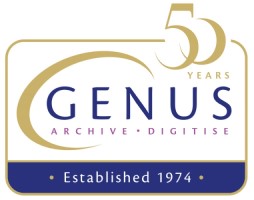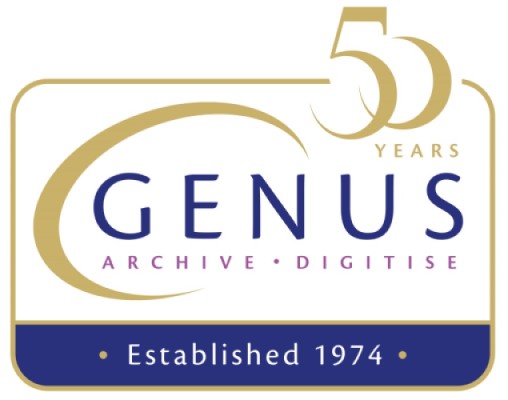In June 2011, the National Library of Scotland installed two public use book2net Kiosks to allow an enhanced book scanning service for their users. We interviewed Preservation and Conservation Manager, Rab Jackson, on the key reasons for implementing these modem, next generation book scanners.
What is the National library of Scotland?
We are one of Europe’s leading libraries and a world centre for the study of Scotland and the Scots. We play a key role in supporting education, research, business and innovation and in enhancing the reputation of Scotland as a country with a rich cultural heritage and a vibrant future.
Our collections span the centuries from early times to the digital age housing millions of books, manuscripts, music and maps covering virtually every subject. Through these collections, we chart the global and historical influence of Scots at home and abroad, while also recording and reflecting the ideas and cultures of the world. We exist to advance universal access to knowledge about Scotland and in Scotland.
Who can use the library?
Everyone. Although we continue to support the work of academic researchers we have widened access to our collections in recent years, particularly through making material available online. Since the online registration system was launched in June 2010, 9901 people have registered from more than 100 countries.
More than 150,000 people visited the Library in 2010 – 2011 to see one of our exhibitions, enjoy an event, access our collections, use the cafe or browse the shop
What is the nature of the service you provide?
We have many thousands of library users and we did not supply a self-service scanning service prior to the Kiosks being installed. We have a Reprographic Unit responsible for the scanning of antiquarian and manuscript material. The introduction of Kiosks has not changed this service. Kiosks are used to provide a self-service copying and scanning service from modern publications.

How did you come across the Kiosk?
I was asked to join the development group for the book2net kiosk and worked with Genus colleagues (lan Case) and Microbox engineers.
What did you like about the Kiosk?
There are many features that we liked about the Kiosk. The preservation friendly cradle is great for the handling of more fragile books. The ease of use and clear screen allows us to open the service out to everyone because of its effective simplicity. We liked the fact we can offer a variety of outputs, for example, the ability to scan to USB and print hard copy, as well as saving in digital formats like – mulit-page PDF. Alongside being highly reliable the ability to offer full colour output to file gives our users a modern digital service.
How was the Kiosk enhanced your scanning service?
Having the Kiosks has allowed me to introduce a two page spread scan or print service for our customers. We can allow safe scanning of books due to the ease of opening them on the preservation friendly cradle. We have been able to introduce full colour scans and with the payment system connectivity it is easy to take payment for these copies.
Have you found other uses for the Kiosk since you’ve had it?
I have a production model for use in our Reprographic department. We are introducing a reference scanning service for the public.
Genus would like to thank Rab Jackson, George Morrison and their colleagues at NLS for their commitment to the project and assistance in creating this case study.




Comments are closed.